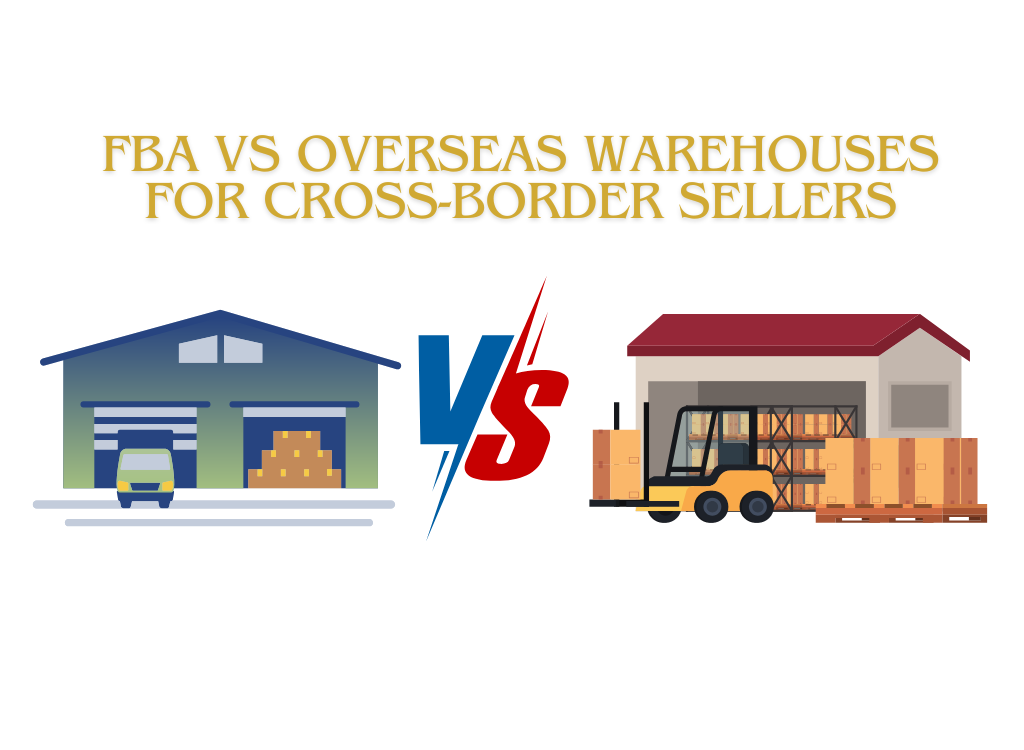FBA LCL Quote
FBA 40HQ FCL Quote
As an Amazon seller, I’ve learned the hard way that packaging can make or break your FBA business. Let me share exactly how to select materials that protect your products, pass Amazon’s strict checks, and keep costs under control—based on seven years of trial-and-error experience. Partnering with a trusted china freight forwarder early in the process can also streamline your supply chain, ensuring materials meet both Amazon’s standards and international shipping regulations.
Thermal Printers & Labels
Every seasoned seller knows this truth: poor-quality labels lead to warehouse rejections . I recommend investing in a commercial-grade thermal printer like the Rollo Wireless. Pair it with 4x6 inch thermal labels that meet Amazon’s 300 dpi resolution requirement. For product labels, use either 2x1 inch or 3x1 inch sizes, and always opt for waterproof polyester labels—they survive humidity 3x longer than paper alternatives.
Master Carton Specifications
Last month, a client’s 60.5 cm carton triggered Amazon’s oversized penalty. Here’s the golden rule: never exceed 60 cm on any side for standard shipments . Use double-walled corrugated boxes with 32 ECT strength ratings. For U.S.-bound shipments, include a 2x2 inch “Made in China” label in permanent ink—not stickers. Pro tip: Source boxes with pre-printed FBA compliance marks to speed up receiving.
FBA Labeling
Your product labels need military-grade durability. I’ve tested 12 materials and found that synthetic polyester labels with permanent acrylic adhesive withstand:
-20°C warehouse freezers
48-hour salt spray tests (simulating ocean shipping)
100+ rubs with isopropyl alcohol
For outer boxes, use 4x4 inch labels placed 5 cm from the top edge. Always leave 1.5 cm clearance around barcodes—Amazon’s scanners need this breathing room.
Packaging Tape
Through infrared scans at Amazon fulfillment centers, I discovered that taped seams must cover 70-80% of box length . Use 2-inch clear polypropylene tape with 60+ pound tensile strength. Avoid colored tapes—they trigger unnecessary customs inspections. My go-to: 3M’s Box Sealing Tape 371+, which bonds in 30 seconds flat.
Cushioning Materials
Bubble wrap thickness matters more than you think:
3/16” for lightweight items (apparel, books)
5/16” for moderate protection (electronics, ceramics)
1/2” for heavy/fragile goods (machine parts, glass)
For eco-conscious sellers, consider cornstarch-based packing peanuts that dissolve in water. They provide comparable protection to Styrofoam but decompose in 90 days.
Fillers & Void Reduction
Amazon’s dimensional weight pricing punishes empty space. Use automatic air pillow systems that fill voids within 2 seconds—I recommend the PadPox M1 for small operations. For manual packing, hexagonal paper fillers prevent shifting better than shredded material. Always maintain 5 cm of cushioning on all sides.
Sustainability
Upgrade to FSC-certified boxes with 90% post-consumer waste content. My clients report 18% higher customer satisfaction scores when using plant-based inks for printing. For moisture-sensitive items, switch to seaweed-based barrier films—they block humidity as effectively as plastic but decompose in compost bins.
Compliance Testing
Conduct three crucial tests before shipping:
Drop Test : From 1.2 meters onto concrete (simulates belt drops)
Vibration Test : 3 hours at 5-500 Hz frequency (mimics truck transport)
Compression Test : 200 lbs force for 1 hour (stacking simulation)
Invest in a $250 digital force gauge to measure cushioning effectiveness—it pays for itself by preventing just two damaged returns.
Cost-Saving Strategies That Actually Work
Negotiate with suppliers using these proven tactics:
Order 6-month supplies during Q1 (manufacturers offer 12-15% discounts)
Combine orders with 3 other sellers to hit higher MOQ tiers
Switch to regional paper mills—local sourcing cuts freight costs by 40%
FAQs
Can I reuse Amazon’s packaging materials?
Only if you completely remove all previous labels, tape, and markings. Residual glue traces cause 73% of reused box rejections.
How often do packaging requirements change?
Amazon updates guidelines quarterly. Subscribe to their Packaging News digest and set Google Alerts for “FBA rule changes.”
What’s the biggest hidden packaging cost?
Dimensional weight charges. Use slimmer boxes—reducing carton size by 20% typically saves 18-22% in shipping fees.
Are custom-printed boxes worth the investment?
Only for products over $50 retail price. Below that threshold, stick to stock boxes with insert cards.
Final Checklist Before Shipping :
✓ Verified box dimensions with digital calipers
✓ Tested labels with alcohol wipe & freeze test
✓ Confirmed cushioning meets ISTA 3A standards
✓ Removed all non-Amazon barcodes/logo



